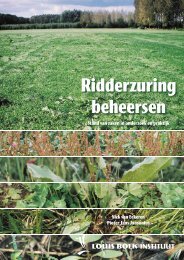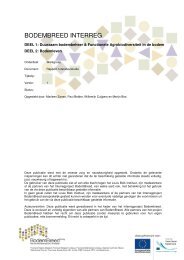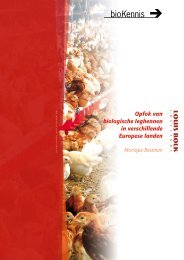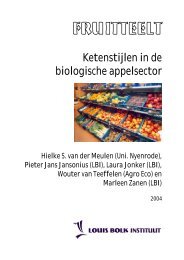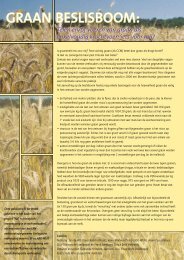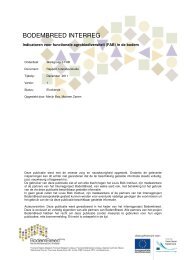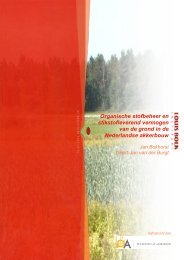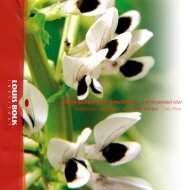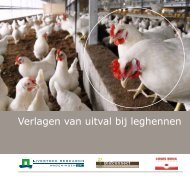Respiratory System Disorders and Therapy From a New - Louis Bolk ...
Respiratory System Disorders and Therapy From a New - Louis Bolk ...
Respiratory System Disorders and Therapy From a New - Louis Bolk ...
You also want an ePaper? Increase the reach of your titles
YUMPU automatically turns print PDFs into web optimized ePapers that Google loves.
tension <strong>and</strong> relaxation, afferent <strong>and</strong> efferent activity in the respiratory tract. This rhythmic<br />
process is disturbed in asthma in the direction of a consolidating <strong>and</strong> afferent nerve/sensory<br />
dynamic. The diagram of fig. 6.1. portrays the dynamic disturbance of the asthmatic, as we<br />
discussed in sections 3.1.6. <strong>and</strong> 3.3.1. <strong>From</strong> this, one can deduce the direction of therapy,<br />
which is to move the abrogated healing process along (see 2.4.3.). The consolidating,<br />
hyperreactive, non-dissolving dynamic of asthma must be brought into movement. We can<br />
do this at all of the previously discussed levels of the disturbed dynamic (fig.6.1.).<br />
Regular Medicine<br />
In asthma, treatment is anti-inflammatory <strong>and</strong>/or directed towards bronchodilatation in<br />
regular medicine. This therapy has been validated by epidemiological studies.<br />
Traditional Chinese Medicine, Acupuncture, <strong>and</strong> Asthma<br />
There is a high prevalence of Complementary <strong>and</strong> Alternative Medicine (CAM) usage in<br />
patients with asthma <strong>and</strong> COPD, especially those not involving medications. The appeal<br />
of treating asthma with vitamins, “natural” herbal treatments, special diets, exercise<br />
programs, special breathing methods, shiatsu, <strong>and</strong> acupuncture — some of the many nontraditional<br />
approaches to asthma care — is perhaps related to the sense that one may be<br />
able to avoid taking too many synthetic chemicals into one’s body.<br />
Evidence from some clinical studies supports beneficial effects of TCM herbal therapy on<br />
asthma. A number of mechanisms may be responsible for the efficacy of these agents.<br />
Strong preclinical study data suggest potential efficacy of a so-called food allergy herbal<br />
formula-2 for food allergies. Acupuncture is also used in asthma therapy.<br />
A new review on complementary interventions stated: Recent studies indicate that TCM<br />
therapy including herbal medicines <strong>and</strong> acupuncture for allergic disorders in children is<br />
well tolerated. There are also promising clinical <strong>and</strong> objective improvements (Li 2009).<br />
For ayurvedic herbs in TCM, a recent group concluded: “ Herbs may be useful in treatment<br />
of asthma. There is insufficient evidence to make recommendations for or against the<br />
use of these herbals. Established effectiveness must be balanced with a study of the<br />
quality <strong>and</strong> safety profile for the herb” (Singh 2007). For many of these cases clear<br />
evidence for efficacy <strong>and</strong> safety is lacking as yet (Li et al 2009).<br />
<strong>Bolk</strong>’s Companions RespiRatoRy system DisoRDeRs anD theRapy - 75




